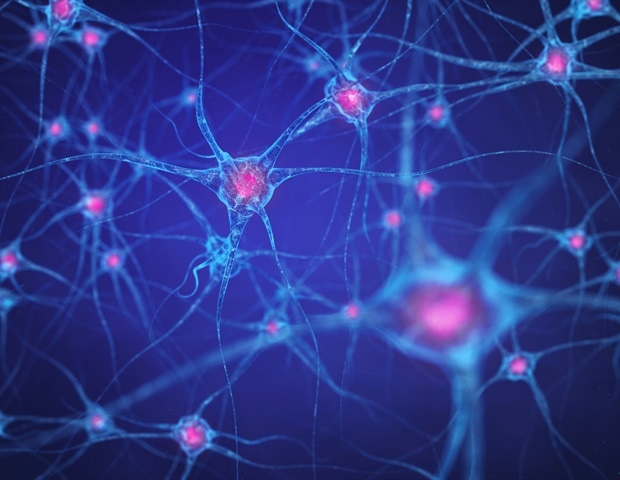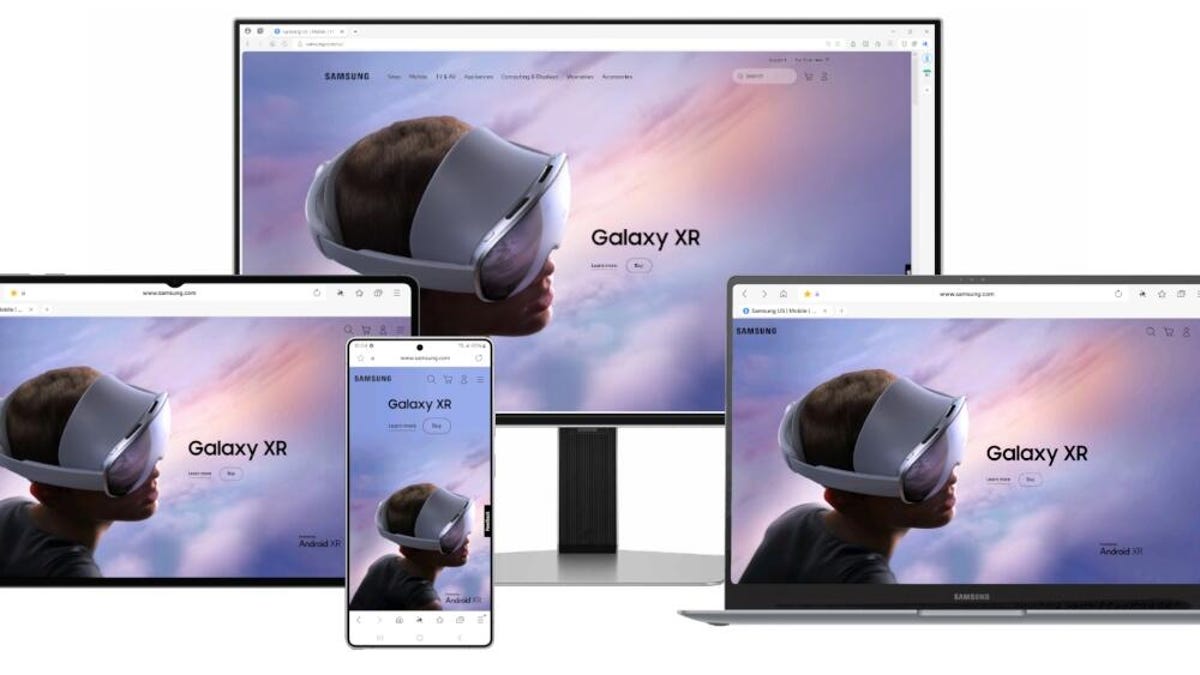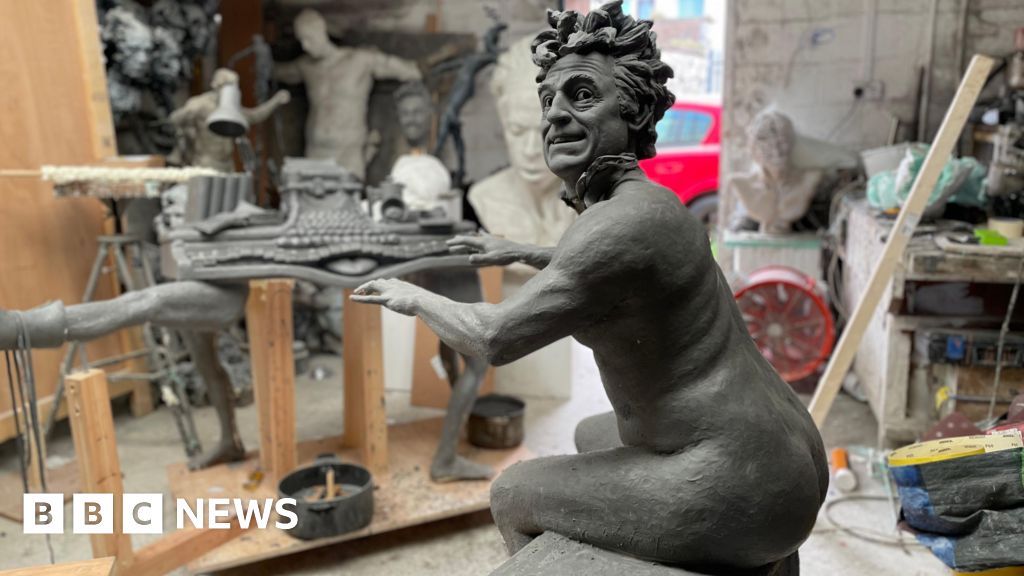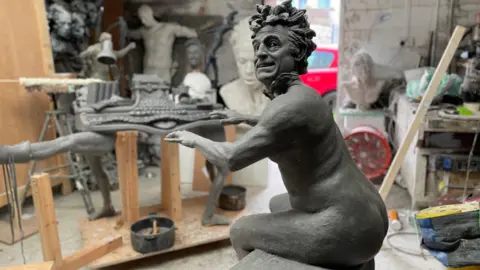Newly decoded brain circuits make memories more stable as part of learning, according to a new study led by NYU Langone Health researchers.
Published online in Science on Oct. 30, the study shows that activity in signaling pathways…

Newly decoded brain circuits make memories more stable as part of learning, according to a new study led by NYU Langone Health researchers.
Published online in Science on Oct. 30, the study shows that activity in signaling pathways…

Samsung is bringing its mobile web browser, Samsung Internet, to PC. Announced on Thursday, Samsung Internet for PC is now available through a beta program, which you can sign up for.
While the user base of Samsung Internet on the mobile front is

Chronic traumatic encephalopathy (CTE) – most often found in athletes playing contact sports – is known to share similarities with Alzheimer’s disease (AD), namely the buildup of a protein called tau in the brain. New research…

Face, finger or lock-screen code: These passkeys are all you will need to encrypt your WhatsApp chat backups in the near future, the messaging app announced Thursday. Meta-owned WhatsApp, the most popular messaging app in the world, said it…

Private credit, especially direct lending, has experienced rapid growth and transformation in recent years. As the asset class becomes a mainstream allocation, investors are shifting their attention to optimizing portfolio construction, risk management, and value creation. At the same time, rising interest rates and market volatility have further broadened the appeal of direct lending, attracting a diverse investor base ranging from individuals to large capital allocators and sophisticated issuers.
Amidst this growth and precarious backdrop, market participants will need to continue to refine their approach to underwriting and portfolio construction. Disciplined risk management and thoughtful diversification are essential for navigating today’s evolving landscape. Managers must maintain vigilance in underwriting, employing dynamic, bottom-up due diligence that evolves as markets shift. Specifically, managers need a strong understanding of complex geopolitical developments (such as tariff and trade policy) and new transformative technologies (such as Generative AI) to anticipate and avoid credit mistakes. In addition, a disciplined, top-down approach to portfolio construction remains just as crucial. Diversification across industries and issuers and limiting exposure to sectors prone to cycles or regulatory risk helps reduce overall portfolio risk.
An often-overlooked consideration is the importance of structure in direct lending transactions. Given current market dynamics, maintaining a risk-first mindset is essential, and thoughtful structuring can be a powerful driver of value in direct lending. Features such as faster capital calls, more efficient deployment, and potentially lower fees can enhance net returns while reinforcing the robust risk management highlighted above.
Historically, direct lending was only offered via traditional drawdown structures. However, the rise of business development companies and other liquid vehicles in recent years has provided credit investors with additional options. While each of these structures has pros and cons, we believe a hybrid solution, the Institutional Open-Ended Structure, can provide investors with the best of both worlds.
Challenge 1: Slower deployment and the J-Curve
In traditional drawdown structures, capital is called in a pro-rata fashion, whether it was committed months ago or the day before the final close. As a result, it can often take an investor 3-4 years to reach specific deployment targets. While this has been the industry standard for locked-up capital, many investors today are looking for faster ways to put capital to work to generate income and manage asset allocation targets.
EXHIBIT 1: Visual Representation of Tranche and Queue System

 Nick Elphick
Nick ElphickA statue of Terry Jones, celebrating him as the Nude Organist from Monty Python’s Flying Circus,…